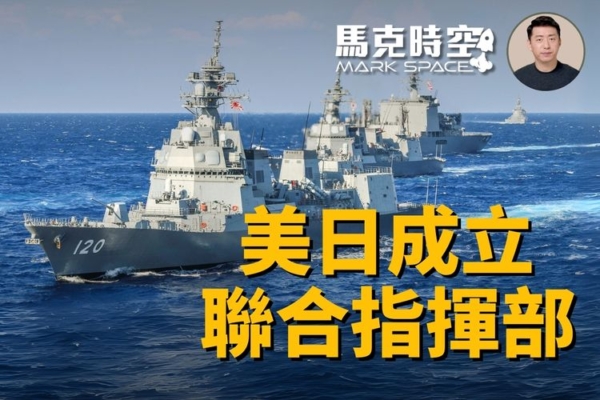On July 28th, the Foreign and Defense Ministers of the United States and Japan held a “2+2” meeting, strongly condemning the Chinese Communist Party’s actions that destabilize the region and specifically naming the CCP as the “biggest strategic challenge” in the Indo-Pacific and beyond. The United States also announced a significant upgrade to the command structure of its troops stationed in Japan by establishing a new “Integrated Military Command.” This new command will work in conjunction with Japan’s newly established “Joint Operations Command” to coordinate joint military operations and combat challenges faced by both countries.
The establishment of the integrated military command for U.S. forces in Japan will grant operational command authority to the troops, with a scale equivalent to the integrated operations command that Japan’s Self-Defense Forces will establish. It is expected that cooperation in joint U.S.-Japan training and planning for U.S.-Japan operational scenarios during emergencies will be smoother. Unlike the Korean-U.S. Combined Forces Command, command authority between Japan’s Self-Defense Forces and the U.S. military will remain separate without a unified command structure.
The Japanese Senate passed the amended “Defense Ministry Establishment Law” on May 10th of this year, which includes the establishment of the “Joint Operations Command.” This command is set to be established in Tokyo’s Yotsuya district in the 2024 fiscal year, and will be responsible for directing comprehensive combat operations encompassing land, sea, air, space, cyber, and electromagnetic fields.
In 2006, the Self-Defense Forces established the Joint Staff Office to coordinate the actions of the Army, Navy, and Air Force. The highest-ranking officer of the three branches – the Chief of Joint Staff – previously had the responsibility to assist the Minister of Defense in formulating strategies and operational command. However, now the operational command will be overseen by the Joint Operations Command Commander. The Joint Operations Command Commander will be on par with the Chief of Staff of the Ground, Maritime, and Air Self-Defense Forces, exercising operational command based on coordination with the U.S. military.
The U.S. military has around 55,000 personnel from the Army, Navy, Air Force, and Marine Corps stationed in Japan. However, the U.S. Forces Japan headquarters at Yokota Air Base does not hold the authority for force deployment and operational command, which lies with the U.S. Indo-Pacific Command based in Hawaii.
Apart from adjusting the military command structure between Japan and the U.S., the U.S. also hopes that Japan will shoulder more logistical support responsibilities, including maintaining U.S. warships and exporting weapons to the U.S. To enhance preparedness and alleviate pressure on U.S. shipyards, Japan and the U.S. are considering allowing U.S. Navy vessels to undergo major maintenance at Japanese shipyards, enabling these ships to remain in the Indo-Pacific region for an extended period without the need to return to the U.S. for maintenance.
To alleviate manufacturing capacity pressures in the U.S., the U.S. is also seeking Japan’s assistance in exporting weapons to the American military. Starting from the first quarter of 2024, Japan has already reallocated dozens of domestically produced Patriot anti-aircraft missiles from its inventory to sell to the U.S.

